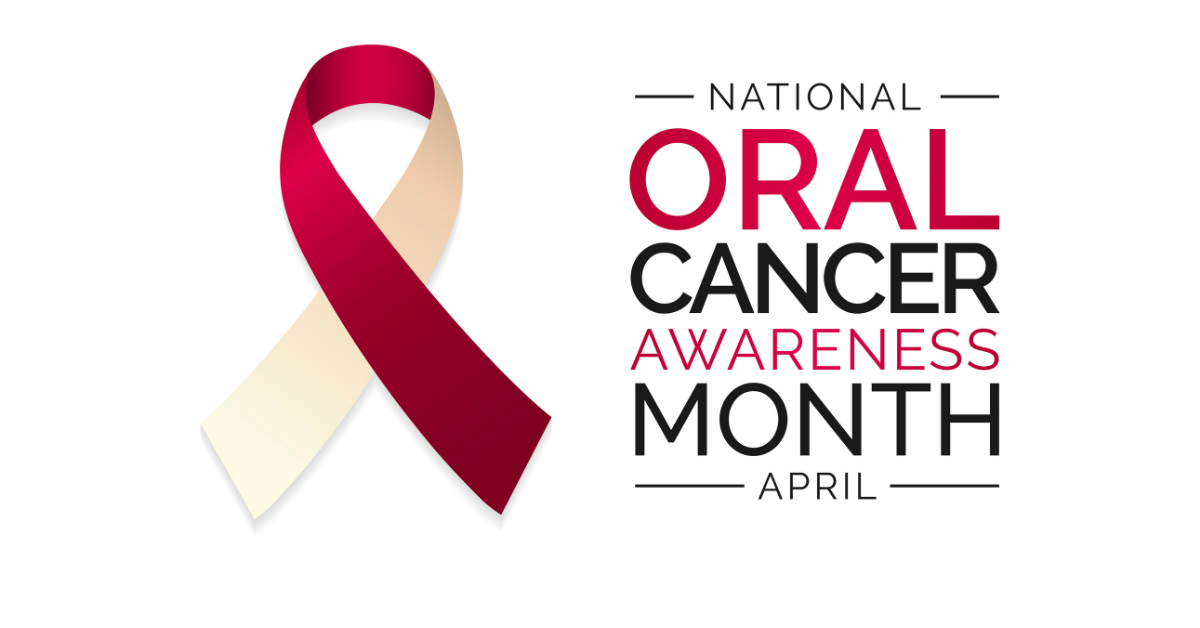April is Oral Cancer Awareness Month, an opportunity for dental practices like Falmouth Dental Arts to raise awareness about the importance of oral cancer detection and prevention. When treated early, oral cancer has an estimated 80-90% survival rate. As your dental care partners, we believe strongly that we are an essential part of your healthcare team. As such, we’ve had a long-standing commitment to screening our patients for early signs of oral cancer. We are excited to announce that we now have a new state-of-the-art diagnostic tool to assist us in the oral cancer screening process – a CBCT 3D x-ray machine. 3D imaging allows us to better diagnose a range of dental issues, including oral cancer. Learn more from Dr. Brunacini, as he explains some of the advantages of CBCT 3D x-rays.
1) Why has FDA upgraded to 3D x-rays?
Dr. Brunacini: 3D x-ray or CBCT (cone beam computed tomography) technology allows us to better visualize all of the structures within the head, neck, and mouth so that we can better assess our patients’ oral health.
2) How are 3-D x-rays different from the traditional digital 2D x-rays?
Dr. Brunacini: For years, dentistry has been taking and reviewing x-rays in 2-D, which can sometimes make it difficult to determine a proper diagnosis. Without the 3rd dimension, it can be difficult to see an area of concern, such as a gum or tooth infection. Being able to take 3D images allows us to more thoroughly and completely diagnose our patients prior to performing any dental treatment, especially oral surgery.
3) Will 3D x-rays replace traditional 2D x-rays?
Dr. Brunacini: 3D imaging won’t replace our typical bitewing x-rays, which are used to locate areas of decay. Rather, 3D x-rays can be used as an additional tool when trying to diagnose an area of concern or when planning for dental implants. It can also be helpful for patients with a strong gag response, as 3D x-rays allow us to get the imaging we need without placing anything into their mouth, making the process much easier and more comfortable for them.
4) How can 3D x-rays be helpful in the early detection of oral cancer?
Dr. Brunacini: CBCT technology can be used as an additional screening tool in diagnosing oral cancer. It doesn’t eliminate the need for our other screening methods, such as a visual or physical exam or VELscope screening. VELscope is a non-invasive device that emits a safe blue light to detect abnormal cell growth that could be cancerous or precancerous. If we identify any areas that look suspicious through these methods, 3D imaging can be helpful in determining subsequent steps for the ideal treatment of a lesion. As we see many of our patients twice a year, we now have a wider range of diagnostic tools available to us to screen for oral cancer during routine hygiene appointments, including CBCT x-rays.
Thank you, Dr. Brunacini!
If you have any additional questions about the oral cancer screening process, CBCT 3D x-rays, or would like to schedule an appointment, give us a call at 207.781.5900. We’re here to help!

